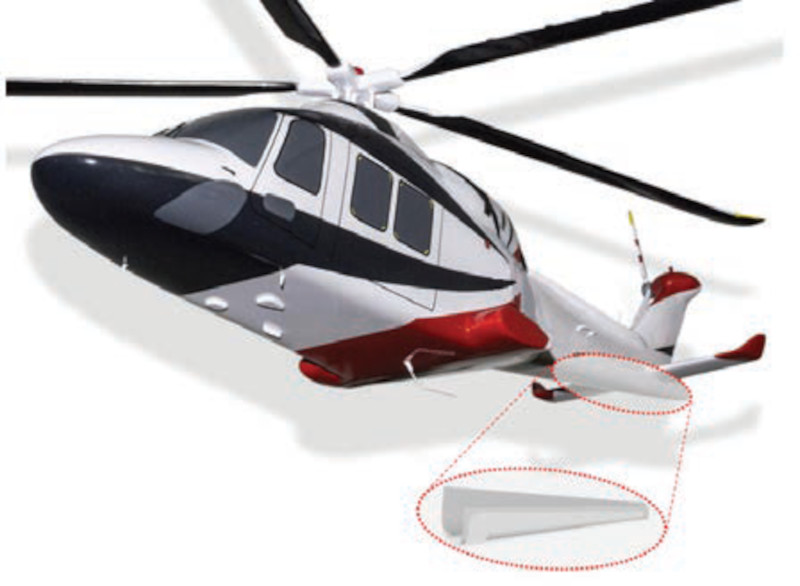Report 2020
NEW HF BROADBAND ANTENNA SYSTEM FOR COMMUNICATIONS BETWEEN MOBILE AD-WING AIRCRAFT AND NAVAL FLEETS
IES announces an innovative antenna system
Starting from the experience gained by IES in the design and construction of broadband antennas for fixed stations and related matrices (antenna / audio / data) thanks to the precious contribution of the Roma Tre University, IES announces the development of a new technology antenna for mobile wing aircraft.
The aim is to enable broadband HF communications to overcome the limitations and potential vulnerability of SatCOM communications. This technology allows for broadband communications, which allow data transfer up to 240kbps, bringing HF communications back to their key role of surveillance and / or backup communications to the Satcom network.
A reliable command and control system of widely dispersed units in harsh environments, such as in tactical scenarios, is of paramount importance to maximize the success of a mission. At present, military forces rely on tactical satellite communications which allow for wide coverage in the territory, flexibility, good data rate, and line-of-sight (BLOS) capabilities. However, this can be subject to electronic attacks that make the satellite node a “single point of failure” of the system, putting the entire mission at risk.
Communication systems based on HF waves (7 .5-30MHz) have long been known to have greater resilience to attacks thanks to the possibility of creating a distributed network of nodes formed by the units themselves on the territory. Unfortunately, however, they have significantly narrower operating bands, reducing the data transfer rate to a few tens of kbps. For this reason, in recent years, the military standardization bodies have defined a new standard for broadband HF communications (MIL-STD-188-110 vers.D, Dec. 2017), which allows data transfer up to 240kbps, bringing HF communications back to their key role of surveillance and / or backup communications to the satellite network.
The new antenna system proposed by IES fits into this context. A typical broadband antenna system consists of two basic elements: a radiator and a tuner / tuner.
The first element is responsible for converting the power signal from the transmitter into the electromagnetic signal radiated into space. The second element, on the other hand, is responsible for tuning the radiator to the frequency of interest, which may not coincide with the natural resonant frequency of the radiating element. A tuner consists of a circuit network that allows you to transform the radiator from an electrical point of view in order to tune the antenna in the HF sub-band in which you want to transmit or receive the communication, maximizing the total efficiency of the system.
In the development of the technological solution for various types of helicopters, the IES considered non-resonant radiators, making tunability in the HF sub-bands of interest simpler and more efficient. In addition, he designed the radiant element conforming to the mechanical profile or fuselage of the
medium on which they are installed.
The technological solutions that have been studied for the antenna tuner are those that allow efficient and rapid switching between the HF sub-bands of at least 48 kHz. In this scenario, innovative circuit topologies based on fast switching components (eg power diodes and gallium arsenide switches) were investigated and compared with each other in order to identify the best configuration in combination with the designed cavity radiator.
The technological solution is of great interest in the field of renewal and efficiency of mobile HF communication systems, both in the civil and military fields.


